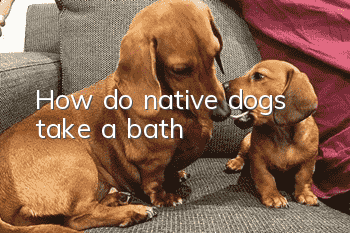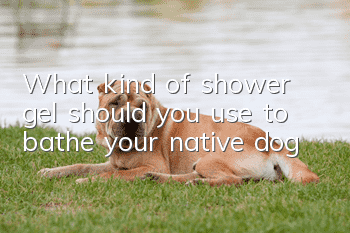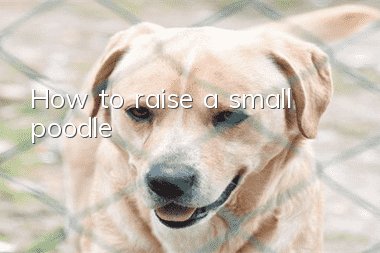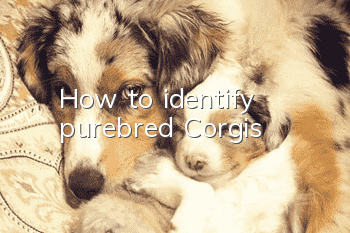How do native dogs take a bath?

1. Brushing: Before taking a bath, carefully brush the dog's hair all over the body. On the one hand, it is to avoid entanglement of the coat and to comb the waste hair. On the other hand, it is to check whether the dog has skin diseases or injuries.
2. Rinse: The ideal water temperature is about 40°C. Let the dog adapt to the water temperature first, and then rinse the whole body from the feet, body to the head in order. Be careful if your dog's ears get wet, or the sudden sound of water may frighten the dog.
3. Rubbing lotion: Dilute the bathing agent first, then apply the bathing agent from the back, and wash carefully from the back, neck, shoulders, waist, chest, feet, buttocks, and tail, using your fingers. Massage and lather. What you need to be careful about is the dog's abdomen. The skin on the abdomen is very soft but easy to get dirty. You can try cleaning it with a sponge. The last step is to wash the dog's head. Many dogs may be afraid. The owner can call the dog's name and use a sponge to gently scrub from the top of the head to the back to reduce resistance. Finally, after washing the whole body, rinse it quickly with clean water, and then carefully wash the dirty parts. Do not leave the bath agent on your dog, as it may cause skin inflammation. It should be noted that water should not be washed into the dog's eyes. If the bath water flows into the eyes, immediately rinse it with a large amount of water and apply eye drops.
4. Wiping: You can wring out the water with your hands first. Most dogs will dry their bodies by themselves. Then the dog owner uses a large towel to dry the water by pressing, and then wipes dry with the hair against the hair and dry with the hair. The alternating method can reduce the blow-drying time. Also dry the ears, nose, and eyes at this time. Use cotton swabs to clean the visible areas of the ears and eyes. Ear drops can be placed in the ear canals to refresh the dog and prevent otitis.
5. Blow dry: Finally, blow dry with a hair dryer. This is a very necessary step, otherwise the dog will easily develop hair balls and catch a cold. When drying the coat near the face, turn down the air volume and keep it about 10 centimeters away to prevent the dog from being frightened, and do not blow the wind directly onto the dog's face. After drying completely, remember to comb your hair again. Combing hair not only makes the dog's hair beautiful, but also promotes blood circulation and metabolism, so that the dog will be soft, shiny and shiny.
Note:
1. Be sure to comb the coat before taking a bath. This can not only comb out the tangled hairs and prevent the coat from getting more tangled, but also remove large pieces of dirt for easy cleaning. Especially around the mouth, behind the ears, armpits, inner thighs, toe tips, etc., the parts of the dog that are least willing to be combed must be combed clean. When combing, in order to reduce and avoid the pain of the dog, you can hold the root of the hair with one hand and comb it with the other hand.
2. The temperature of the bathing water should not be too high or too low. Generally, it is 3 in spring.6-37 degrees is appropriate.
3. When bathing, be sure to prevent shampoo from flowing into the dog’s eyes or ears. Be sure to flush thoroughly and do not leave soap suds or shampoo on the dog to prevent skin irritation and dermatitis.
4. Bathing your dog should be done in the morning or noon. Do not bathe when the air humidity is high or on rainy days. Immediately after washing, blow dry with a hair dryer or dry with a towel. Never leave a dog in the sun to dry after bathing.
- What to do if your Husky puppy’s ears don’t stand up
- How to judge the appearance of a Great Dane
- How to raise poodles
- How to feed poodle dog food
- What do Caucasian dogs eat?
- How to eat dog food for puppies
- What kind of fat should German Shepherd dogs eat?
- How to soak Teddy puppy dog food
- How do Huskies tell age?
- How to feed Teddy puppies



